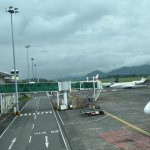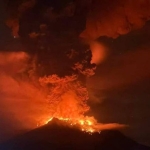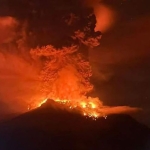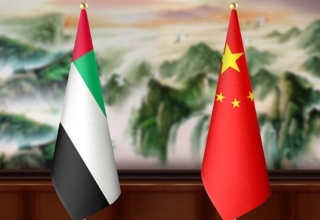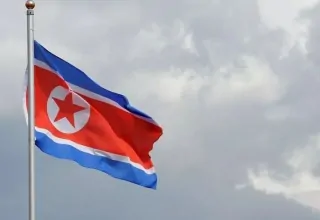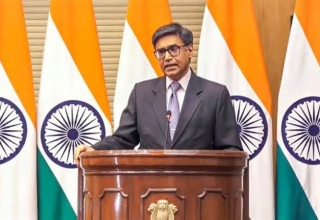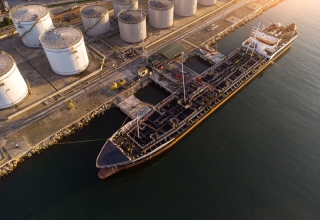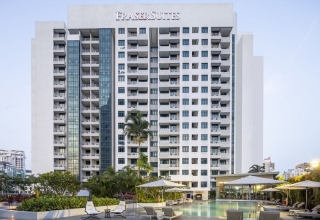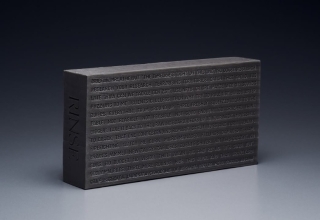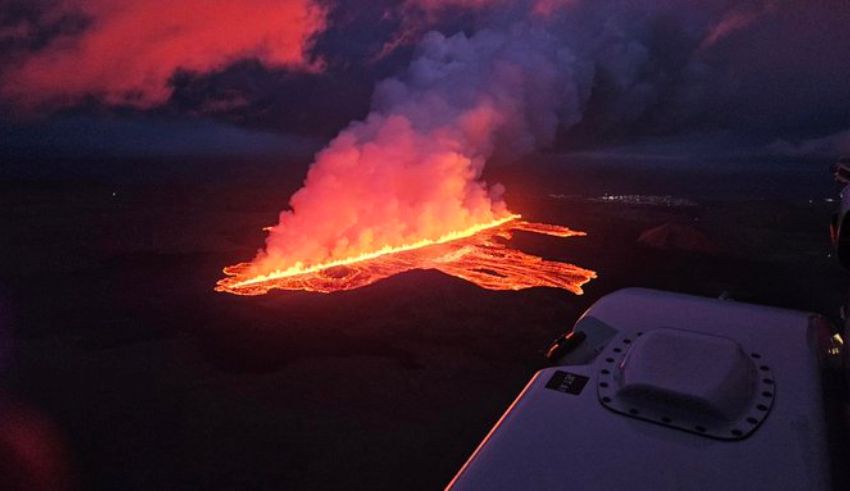
Thursday night, a volcano in southwest Iceland erupted for the sixth time since December, spewing brilliant crimson lava from a fresh breach on the Reykjanes Peninsula. After a sequence of major earthquakes, the eruption started just after 9 p.m. Within an hour, a fissure spanning 4 kilometers (2.4 miles) surfaced through the Sundhnúkur crater, signifying the most recent occurrence in a sequence of volcanic events garnering international notice.
Localized Effects and Safety Issues
According to Icelandic officials, the consequences of the eruption are yet mostly limited. The lava flow has caused minor road closures, but there is no immediate hazard to the nearby residents. Leading weather and climate research at the Norwegian Meteorological Agency, Halldór Björnsson told the Icelandic news portal Vísir that the current lava flow does not seem to be headed towards the town of Grindavik unlike past eruptions. December saw most of this town evacuated as the volcano, dormant for 800 years, came to life.
Geophysicist Magnús Tuma Guðmundsson, who flew over the eruption locations, observed on the matter and said, “If this continues like this, Grindavík is not in danger because of this. Though we have no idea what will happen in the near future, it is most likely that this has peaked and will thereafter begin to fade like previous eruptions.” Based on his evaluation, one should be cautiously optimistic about the circumstances as, like past volcanic activity, the eruption may quickly stop.
Tourist Attraction and Local Influence
News of the eruption drew hundreds of fascinated visitors to neighboring vantage points to see the amazing natural event. For several guests, including Maryland, U.S.-based Mahnoor Ali, the eruption offered an amazing experience. “We merely thought that it was the northern lights,” Ali said. ” Honestly, it’s like the coolest thing I’ve seen in my whole life.”
Hearing the news, friends Ameerul Awalludin from Malaysia and Shohei Miyamito from Japan also hurried to see the explosion. Comparatively to volcanic activity in his own nation, Miyamito said, “We have like a volcano as well, but we cannot see lava like this.”
For individuals living and working on the Reykjanes Peninsula, the frequent eruptions present continuous difficulties even with the attraction from visitors. About 3,800 people live in Grindavík, which is roughly 50 kilometers (30 miles) southwest of Reykjavik, and has been especially affected. The regular volcanic activity has destroyed buildings and infrastructure, so regular evacuation orders are needed. Once more on Thursday night as strong winds swept plumes of poisonous gas over the town, residents who had managed to return home were displaced.
Keep Reading
One of Iceland’s most well-known tourist attractions, the Blue Lagoon geothermal spa nearby was also evacuated. Videos on social media caught the scene, sirens screaming as the evening exodus progressed.
Historical Context and Travel Impact from Air
Normally one eruption every four to five years, Iceland is above a volcanic hotspot in the North Atlantic. The 2010 eruption of the Eyjafjallajokull volcano, which spewed large ash clouds that greatly interfered with trans-atlantic air travel for several months, was the most disruptive eruption in recent memory.
Although the eruption on the Reykjanes Peninsula is not expected to affect air travel for now, continuous monitoring and updates will be absolutely vital to evaluate any possible consequences on local and international travel plans. Reflecting Iceland’s dynamic and erratic volcanic terrain, the eruption remains a topic of curiosity for both experts and visitors.
